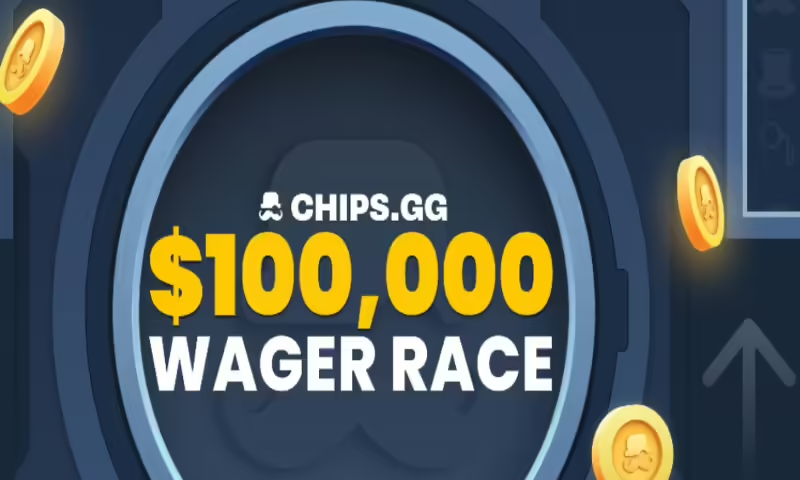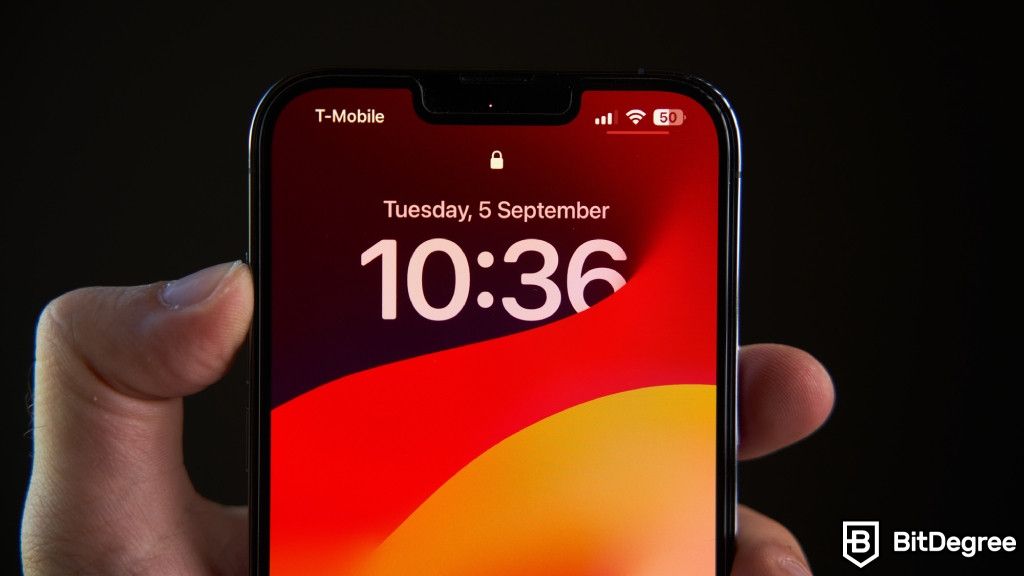Ordinal vs. Layer 2 Metaprotocols, Part 2: The Final Showdown?

Last May, I wrote an article for Bitcoin Magazine predicting that Layer 2 (L2) metaprotocol solutions would resolve the Ordinals debate. Now that two of the most anticipated layer 2 solutions, Taproot Assets (TA) and RGB, are available or soon to be released, it’s time to revisit this topic. In fact, judging by the recent surge in fees due to renewed interest in BRC-20 tokens, it may be about time…
Guided by the view that the price, fee, and flexibility advantages offered by L2 metaprotocol solutions over on-chain Ordinals will ultimately prove decisive, I have focused my energies on advancing such solutions. Over the past few months I have been heavily involved in both TA and RGB projects. In early September, I established a group where L2 Metaprotocol wallets, exchanges, project developers, as well as other stakeholders can collaborate. I traded my first tokens on the new “Tiramisu” and “NostrAssets” TA exchanges and the now abandoned “Spank” TapAss (get it?) exchange. Most recently, I founded the first 10,000 piece profile picture (PFP) art collection at RGB. disposable seal (Named after the cryptographic primitive invented in 2016 by Peter Todd that forms the basis of RGB)
Considering that Seals’ artwork creation, project marketing, and interaction with the (exceptional) community are the most important parts of my time investment in the L2 metaprotocol project, I think RGB has greater potential than TA. However, unlike RGB, which is currently undergoing a code audit by Blockstream before the door is wide open for user investment, TA is currently available as a functional alternative to Ordinals. From personal experience, I can testify that TA tokens and NFTs are performing and trading very well with Lightning support as standard… But why, in the current high fee environment, is the ordinal war still raging, as seen in recent reports? Is it happening? Battle ends OCEAN Mining Pool Filtering Ordinal work?
Image inscription – Shall I stay here?
As an artist (or, more accurately, an amateur cartoonist), I know that limitations often fuel creativity. The blank page can be intimidating because of its endless possibilities, but limitations provide structure and sometimes a starting point. Inscriptions’ size limitations certainly haven’t prevented an explosion of creativity, from attractive low-resolution and pixel art to improved technical efficiencies like iterative inscriptions. However, strict limits on file size across on-chain formats rule out certain possibilities.
For example, Single-Use-Seals explores the role of human artists in a culture increasingly manipulated by AI. To achieve “art proof” verification across the PFP collection and to filter AI-generated entries from various community contests, Seals uses high-resolution photos of handmade artwork. At a resolution of 3072 x 3072 pixels, you can perform a CSI-style enhancement of the seal, which is enough to see irregular pen strokes, paper imperfections, and man-made variations in photo tone.

For a 10,000-piece collection, achieving this level of fidelity is expensive within Inscriptions. This is not technically impossible, considering that each seal image is roughly twice the maximum size of a Bitcoin block. The same restrictions further apply to high-quality audio and video content. Nonetheless, high costs due to insufficient block size are as much a feature as bugs. Being deployed on the world’s first, costliest and most secure blockchain brings undeniable prestige. Therefore, those with the right amount of small art or deep pockets will continue to increase the perceived value of their works through direct association with Bitcoin. This will inevitably lead to a situation where data-heavy art (or art produced by typical starving artists) will find its natural place in layer 2 metaprotocols. Therefore, I still expect fee-determination bifurcation for Bitcoin-based art between layers.
BRC-20s – It’s time to go!

While the image inscription has its place, in my opinion BRC-20 (and related on-chain tokens) are now obsolete. These tokens have some important and fundamental drawbacks.
- BRC-20s are issued on a first-come, first-served, non-refundable (FCFS/FU) basis. If the transaction is completed after all supplies have been claimed, your funds will be wasted and you will get nothing. This results in an explosion of fierce fee competition that is highly disruptive to the Bitcoin network and sparks a backlash from Ordinals.
- BRC-20 relies on centralized indexers, primarily operating on exchanges, to keep the ledger of who owns what straight. There is a high chance of desynchronization and fraud.
- BRC-20 transfers and operations require on-chain Bitcoin transactions. This is expensive and relatively slow compared to tokens on competing chains.
- BRC-20 tokens have limited application. As far as I know, the basic functionality expected for tokens on other chains, such as decentralized finance applications, has not yet been realized. Certainly, nothing is as reputable as the BRC-20 stablecoin at the moment. I wouldn’t recommend Stable to central bankers either.
- BRC-20 is limited to four-letter tickers, and all the most interesting four-letter words have long since been removed.
Further to point 1… new BRC-20 batches are under constant threat from “The Sophon”, a rather aggressive open code developed as follows: Reindal To suppress new on-chain tokens. Bitcoin Sophons, named after the single proton supercomputer deployed by aliens to block scientific progress on Earth, scan mempools for new BRC-20 activity. Upon detection, Sophons first executes the original BRC-20 distribution transaction and pays for a high-fee transaction to set the total supply to 1. This effectively occupies the intended ticker of the BRC-20 and invalidates all of the user’s Mint transactions, thereby wasting collateral. All en route transactions.
That being said, I am one of the many Bitcoin users who believe that BRC-20 is, to put it simply, terrible. But rather than crippling it through expensive Sophon transactions or censoring it at the miner level, my preferred solution is to promote superior alternatives. Until the end:

AdamCoin (AC) is the first token distributed on the Tiramisu TA wallet and exchange. AC enjoys a bullish and active market and, like all Tiramisu tokens, can be traded through liquidity pools and order books. At Tiramisu, you can trade NFTs for many other tokens, and the process of creating new tokens is cheap and reliable (it doesn’t threaten multidimensional microcomputers). As an added bonus during these high fee periods, you can deposit and withdraw Tiramisu via Lightning.

TRICK and TREAT are twin TA tokens traded on the open-source NostrAssets platform. Trading is really active through the Telegram channel, which has over 13,000 members, and there is also the added bonus of integration with the Nostr protocol (despite Fiatjaf’s heated opposition). Currently, the only real downside to NostrAsset is that it does not allow for the issuance of new tokens or NFTs.

PePe-RGB is an RGB-based project in the final stages of preparation for release. PePe already has a large Twitter following of over 28,500 people, and there is a lot of enthusiasm for PePe’s early days. Launch of the world’s first popular RGB-20 token. There’s more in PePe’s plans, but it already has fully 3D animated avatars. As the grandson of the ubiquitous memetic frog, he is cast as the protagonist of a narrative set across a cyberpunk city. There are even rumors that there is a specific person. seal You can even make guest appearances… or even launch your own token with utility for a future proven human art market!
So why is anyone still using BRC-20 when there are such great L2 tokens available? As even the hottest laser-eyed Bitcoin Maxi has to admit, Bitcoin ON’s shitcoin is a better site than Bitcoin IN’s shitcoin!
A Stealthy Stablecoin in the Colorful Darkness
Speaking of tokens, it is understandable that many Bitcoin users have little interest in them. But stablecoins are a major player in our sector, like it or not. Tether, the third largest coin by market capitalization, is particularly noteworthy as it regularly records the highest daily trading volume across the market. Despite the existence of far superior alternatives, fiat and BRC-20 seem to enjoy similar sustained demand… and while cryptocurrencies bound to fiat may be far from the cypherpunk ideal, that doesn’t mean they can’t be improved upon. It doesn’t mean anything. . For example, a digital dollar (24:30) that is invisible to both chain analysts and regulators offers some interesting new possibilities in a world of increasing monetary sanctions and surveillance. Perhaps with this possibility in mind, Paolo Ardoino, CEO of Tether and CTO of Bifinex, named RGB as the rightful successor to the original platform for stablecoins and the best opportunity to issue a stablecoin on BTC.

In reality, there is nothing preventing the issuance of stablecoins on TA, but RGB has several technical advantages that make it an ideal platform. First, TA has the constraints of a universe model where each asset issuer creates a unique and separate universe in which its assets operate. It is possible to link universes, but this requires permission from the original issuer. For assets you want to trade freely over the web – stablecoins are definitely most useful when they can be easily transferred between various exchanges, wallets, etc. – This structure presents some obvious difficulties and centralization issues. RGB has no such restrictions. Two parties using the RGB system are free to exchange any amount of assets they wish. Additionally, RGB’s client-side verification model ensures that only the parties in question will know that such an exchange occurred… Some 15 years after Satoshi’s original statement, he hopes to “gain a new realm of freedom in the coming years.” Can I see it?
RGB rabbit hole many Let’s take a closer look at Prime’s extreme future prospects, where Bitcoin itself rebases on the blockchain to a client-side verification model. All of this can be achieved voluntarily without a soft fork or hard fork. These prospects are far beyond the scope of this article, so let’s limit ourselves to another interesting feature of RGB: complex smart contracts running on Bitcoin. This opens the door to all the opportunities (and risks) of the DeFi space, but hopefully done privately and in a low-cost, scalable way on top of Bitcoin. While some may object, the prospect of making Ethereum and other on-chain smart contract platforms obsolete has an undeniable appeal…

Bottom line: Layer 2 is bullish on Bitcoin
As the next Bitcoin bull market progresses, Bitcoin users will have the opportunity to make layer 2 metaprotocol solutions part of the story. Failure to do so will lead to more attention being focused on familiar and flawed options like BRC-20, which will exacerbate the fee pressures that typically occur in hot Bitcoin markets. Even for Bitcoin users who are completely uninterested in the possibilities and prospects of L2 metaprotocol assets, understanding and promoting them is a great way to support Bitcoin’s next phase of growth.

This is a guest post by Steven Hay. The opinions expressed are solely personal and do not necessarily reflect the opinions of BTC Inc or Bitcoin Magazine.



